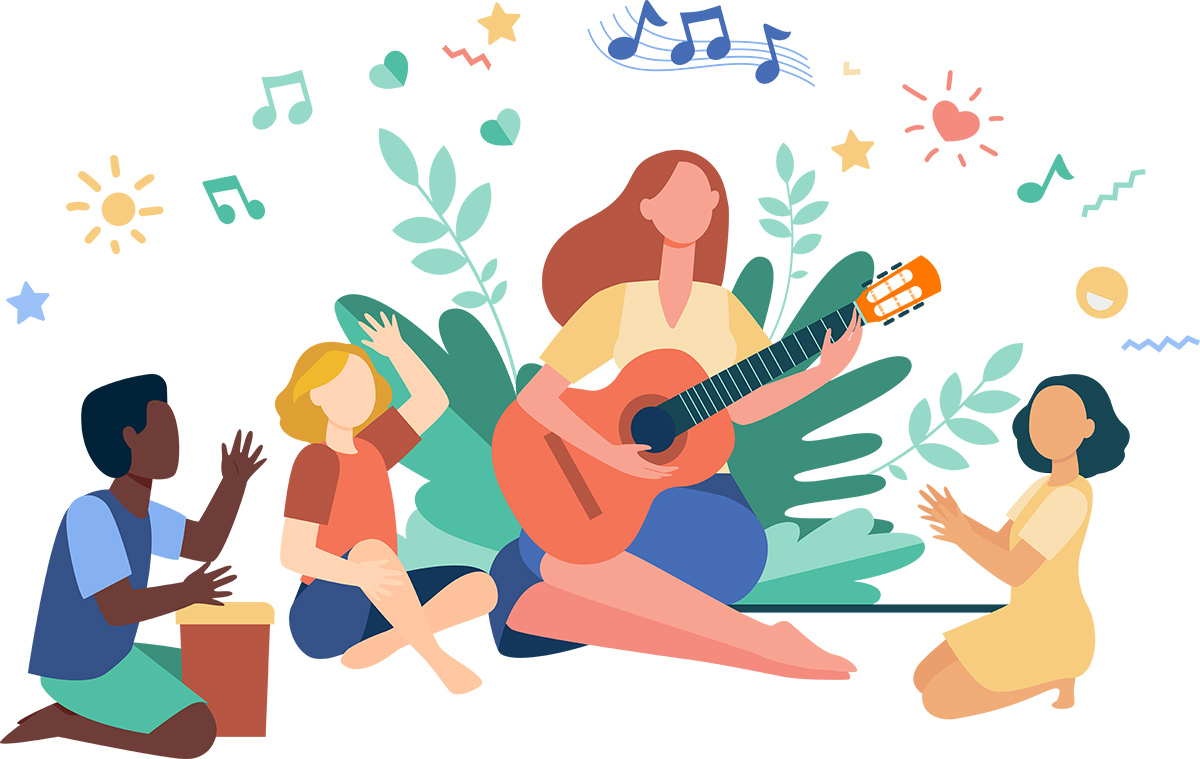

In 2007, SRI International released a report evaluating how California school art programs were meeting state goals. The state Education Code requires schools to offer courses in four arts disciplines — dance, music, theater and visual arts — to all K-12 students.
The resulting report, An Unfinished Canvas, found that “although some California schools have excellent arts programs in place, with well-trained teachers, standards-aligned curricula, and high-quality facilities and materials, most do not. Instead, arts education in California is plagued by a lack of funding, underprepared elementary-level teachers, and inadequate facilities. It suffers from uneven implementation and is often crowded out by other curricular demands. As a result, most students in California do not receive instruction at the level required under state policy.”
The research organization released a follow-up report, Creativity Challenge: The State of Arts Education in California (bit.ly/3ZzxWGA), in September 2022 to measure progress made in schools since the last report. The report notes that the analysis was done during the 2019–20 school year, one that ended with school closures and a scramble to institute remote learning as the COVID-19 pandemic set in. It also notes that in 2021 and 2022, the state enacted a host of new policies that may improve students’ opportunities to experience arts education in schools.
Most recently, in November 2022, California voters approved Proposition 28, which requires an annual source of funding for K-12 public schools for arts and music education equal to, at minimum, 1 percent of the total state and local revenues that local education agencies receive under Proposition 98; distributes a portion of the additional funding based on an LEA’s share of economically disadvantaged students; and requires schools with 500 or more students to use 80 percent of the funding for employing teachers and 20 percent for training and materials.
The new funding mechanism also requires new accountability measures. Every year, LEAs are required to certify that the funds were used for arts education programming; certify that 80 percent of the funds were used to employ arts education instructors at LEAs with enrollment greater than 500 students and 20 percent were used for training and materials; certify that no more than 1 percent of the funds received were used for the administration of the law; submit an annual report approved by the LEA’s school board detailing the arts education program; and conduct annual audits of the funds.
The number of teachers across all arts disciplines grew by 17 percent from 2014 to 2019, according to the report. At the same time, there was just a 5 percent increase in teachers overall. The increase in arts instructors was highest in visual arts and music and the greatest increase occurred in arts-related career technical education (CTE).
In step with the increase in teachers, visual arts and music instruction increased for elementary students. The gap between schools serving high- and low-poverty communities, however, was 22 percentage points in music and 28 percentage points in visual arts. The same situation echoed in secondary schools.
While student enrollment in grades 6-12 arts courses has remained stagnant as a percentage of the student population, enrollment in the CTE Arts, Media and Entertainment (AME) industry sector increased by 50 percent between 2014 and 2019. CDE data shows that for the 2018–19 year, at least twice as many students were enrolled in CTE AME courses than in any other industry sector.
The status quoAlthough the state Education Code stipulates that all students should have access to sequential, standards-based courses in dance, music, theatre and visual arts, only 11 percent of school leaders said their schools offered all four — the same percentage as in 2006. Seventy-nine percent of schools courses in at least one of the arts disciplines — an improvement of 8 percentage points.
As in the 2006 study, the update found that inadequate funding was the most-cited barrier to increasing access to arts education, with 74 percent of school leaders ranking it as serious or moderate. Other barriers included a lack of qualified staff and competing priorities. Like other trends in this report, schools serving higher concentrations of students from low-income families and schools serving majority-students-of-color populations faced more barriers to increasing arts instruction.
Researchers found that schools serving more affluent communities (68 percent) were more than 10 times as likely to rely on parent group funds to support arts education than schools serving California’s least affluent communities (6 percent).
Recommendations The report makes recommendations to continue growing arts education through policy and local action.State level recommendations include:
District and school level recommendations include: